Publications
Books in print

Canaletto's Camera
The book proposes that Canaletto used the camera for two purposes: tracing from real scenes, and copying and collaging drawings and engravings by other artists.
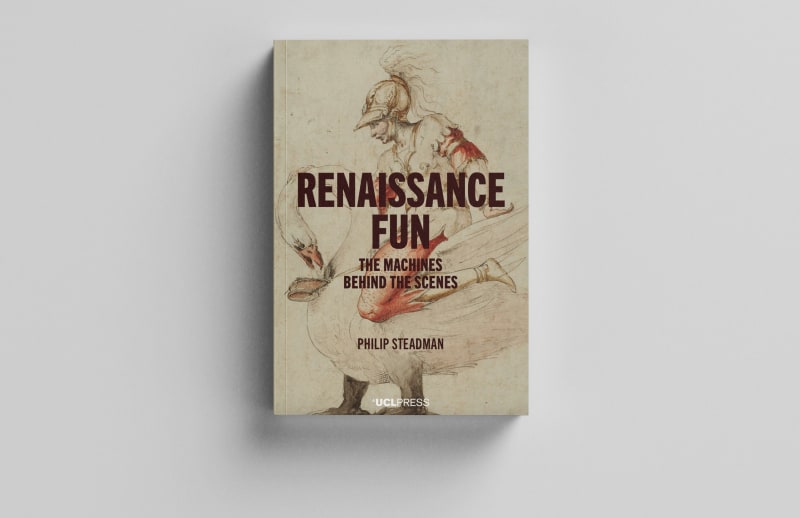
Renaissance Fun: The Machines Behind the Scenes
This is a book about the technology of Renaissance entertainments in stage machinery and theatrical special effects; in gardens and fountains; and in the automata and self-playing musical instruments that were installed in garden grottoes. The period covered is roughly 1400 to 1700.

Why Are Most Buildings Rectangular
The book brings together a dozen recent essays and papers. New introductions link the papers and put them in context. There are two large themes: a morphological approach to the history of architecture, and studies of possibility in built form.

Building Types and Built Forms
This book weaves together two books in alternating chapters: one about the history of building types, the other about their geometry.

Vermeer’s Camera: Uncovering the Truth Behind the Masterpieces
Over 100 years of speculation and controversy surround claims that the great seventeenth-century Dutch artist, Johannes Vermeer, used the camera obscura to create some of the most famous images in Western art.

The Evolution of Designs: Biological Analogy in Architecture and the Applied Arts
This book tells the history of the many analogies that have been made between the evolution of organisms and the human production of artifacts, especially buildings.

The Geometry of Environment: An Introduction to Spatial Organization in Design
This is a book about the new mathematics and architecture. One of its stated objectives is to suggest to the younger reader with a mathematical background that architecture can be an interesting and possibly an absorbing subject.
Books in preparation
Archive
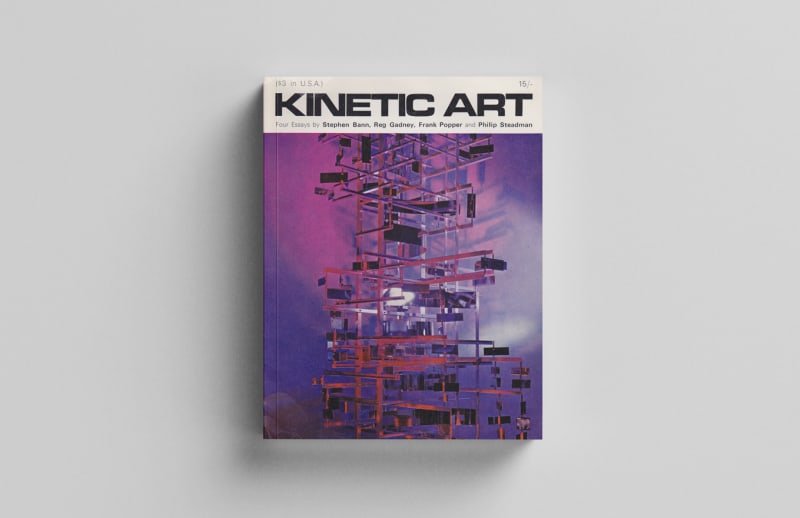
Four Essays on Kinetic Art
Co-authored with Stephen Bann, Reg Gadney and Frank Popper (Motion Books, St Albans 1966). My contribution was an essay on colour music: abstract colour designs played by keyboard instruments.
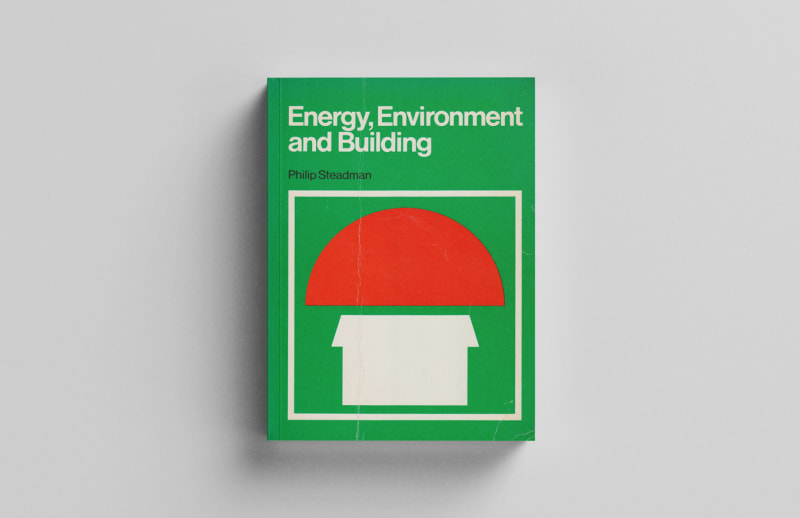
Energy, Environment and Building
(Cambridge University Press 1975; Italian translation, Mazzotta, Milan 1978; Spanish translation, Blume, Madrid 1978). A survey, made for the Academy of Sciences in Philadelphia, of work on energy conservation and new sources of energy in buildings.
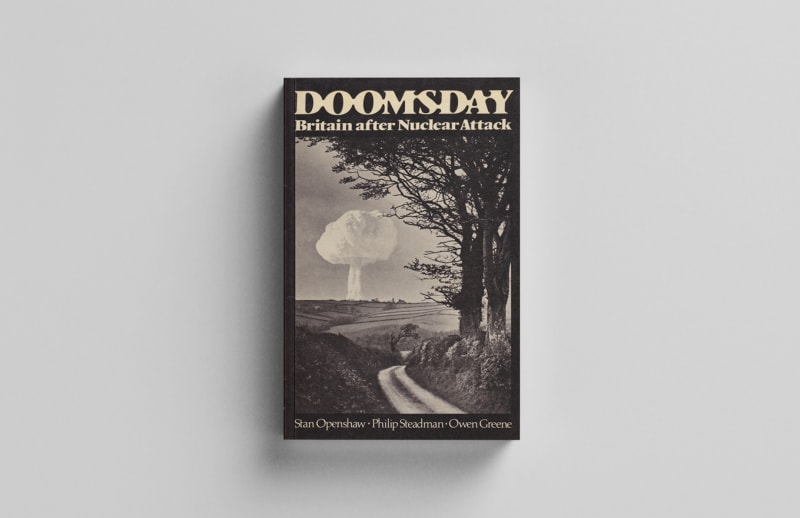
Doomsday: Britain After Nuclear Attack
Co-authored with Stan Openshaw and Owen Greene (Blackwell 1983). We used a computer model to predict the effects of nuclear attack on Britain, and challenged calculations made by the Home Office.

The Medical Effects of Nuclear War
A Report of the Board of Science and Education, British Medical Association (Wiley 1983), describing the effects of nuclear attack on Britain. I wrote about half the text anonymously.

Leonardo da Vinci
Catalogue of an exhibition, 'Leonardo da Vinci: Artist, Scientist, Inventor' at the Hayward Gallery, London in 1989 (Yale University Press). I was on the organising committee and devised the storylines for a series of computer-animated films made by the IBM Research Centre.
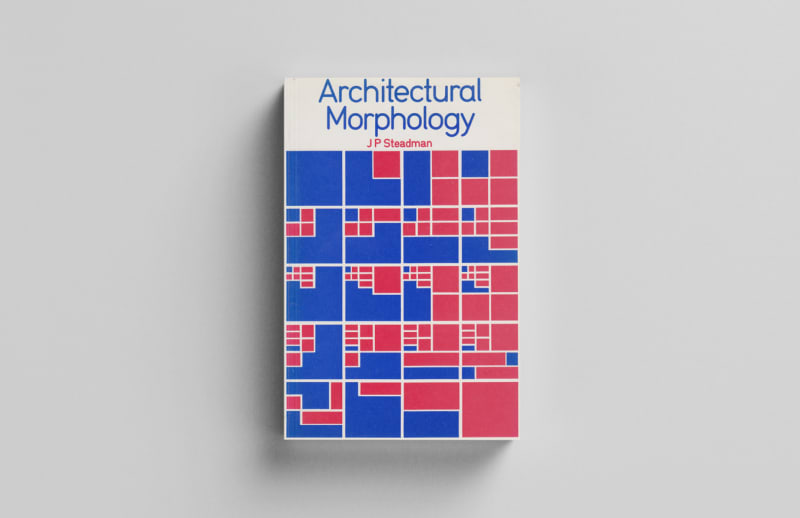
Architectural Morphology: An Introduction to the Geometry of Building Plans
(Pion 1989) On the enumeration of possibilities for small rectangular plans